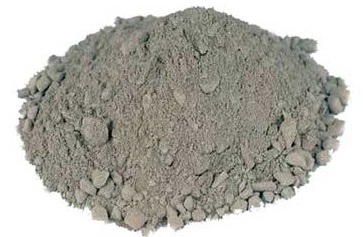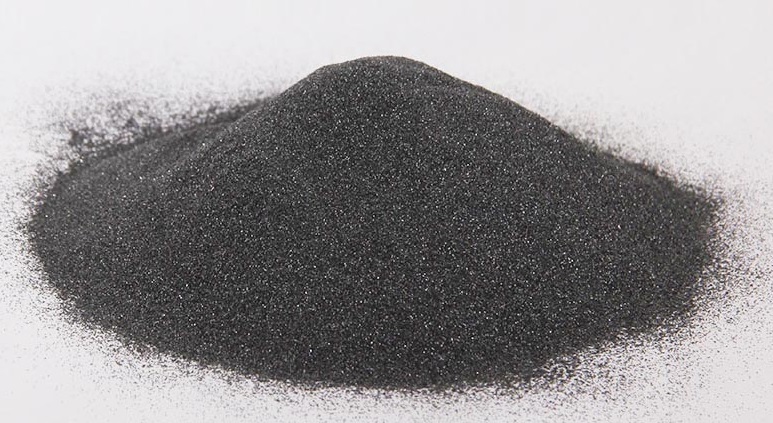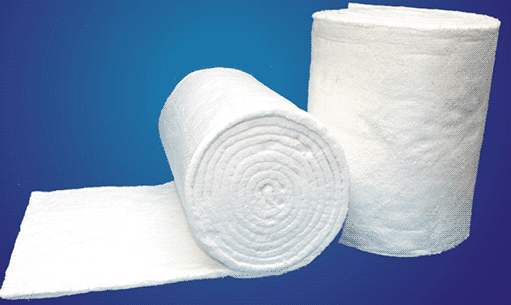- Need Help? Talk to an Expert +91-9911055540, +91-7017140060
- info@thermotechengineers.in
thermotechengineers123@gmail.com
MONOLITHIC REFRACTORY
Monolithic refractory is the name generally given to all unshaped refractory products, the word monolithic coming from the word monolith meaning 'big stone'. These are materials which are installed as some form of suspension that ultimately harden to form a solid mass

MONOLITHIC REFRACTORY
Monolithic refractory is the name generally given to all unshaped refractory products, the word monolithic coming from the word monolith meaning 'big stone'. These are materials which are installed as some form of suspension that ultimately harden to form a solid mass.
refractory products such as bricks. They are normally applied by trowelling. Insulating castables. Insulating castables are specialised monolithic refractories that are used on the cold face of applications. Almost always, we measure the performance of the applied system in actual service and ensure delivery of total customer satisfaction.

BRICK-LININGS REFRACTORY
BRICK-LININGS REFRACTORY
Industrial Access has the ability and expertise to install Refractory Brick liners for chimneys and smokestacks in industrial facilities, refineries, paper mills, and power plants. Our specialized equipment and skilled workforce are trained for all rigging and performing high angle projects, such as installing, repairing, or resurfacing Refractory Brick linings.
Refractory Brick linings have a high melting point, making them suitable for industrial applications requiring wear resistance, high temperature strength, electrical or thermal insulation or other specialized characteristics.
Industrial Access is here to assess the condition of your current refractory brick liner, or install a brand new liner system in existing structures or new construction. Whether you need Refractory Brick liner installation or preventative maintenance on your industrial chimney, or stack, Industrial Access is the best option for all Refractory Brick lining services.
GUNNITING REFRACTOR
Refractory materials must be chemically and physically stable at high temperatures. Depending on the operating environment, they must be resistant to thermal shock, be chemically inert, and/or have specific ranges of thermal conductivity and of the coefficient of thermal expansion. The oxides of aluminium (alumina), silicon (silica) and magnesium (magnesia) are the most important materials used in the manufacturing of refractories. Another oxide usually found in refractories is the oxide of calcium (lime).Fire clays are also widely used in the manufacture of refractories.

GUNNITING REFRACTORY
Refractories must be chosen according to the conditions they face. Some applications require special refractory materials. Zirconia is used when the material must withstand extremely high temperatures. Silicon carbide and carbon (graphite) are two other refractory materials used in some very severe temperature conditions, but they cannot be used in contact with oxygen, as they would oxidize and burn.
We are an ISO 9000 Company known for our commitment to deliver total performance to our client. For this purpose, we are equipped to provide design of systems, manufacture and supply of specialty materials and their scientific application. Almost always, we measure the performance of the applied system in actual service and ensure delivery of total customer satisfaction.

CERAMIC FIBRE LININGS REFRACTORY
CERAMIC FIBRE LININGS REFRACTORY
We offer ceramic fibre lining services that offers high tensile strength, resistance to gas velocities as well as high resistance to tearing and abuse. Such kind of lining have thickness and density that resist the erosive effects of circulating furnace gases.
There are two basic types of kiln: intermittent and continuous. With an intermittent kiln, the wares are placed inside, then the kiln is heated up and allowed to cool after the appropriate period. Continuous kilns are more common in industrial applications are built in the form of a tunnel where only the central section is heated and the wares move through on a trolley. This can be achieved using dense bricks and mortar, insulation bricks.
An alternative arrangement is to have the heating on a moveable track to pass over the wares. Either of these is more energy efficient than repeatedly heating and cooling the same area but is not practical for the hobby enthusiast or small scale operation. The purpose of a kiln lining is to prevent the kiln walls overheating and energy being wasted..

